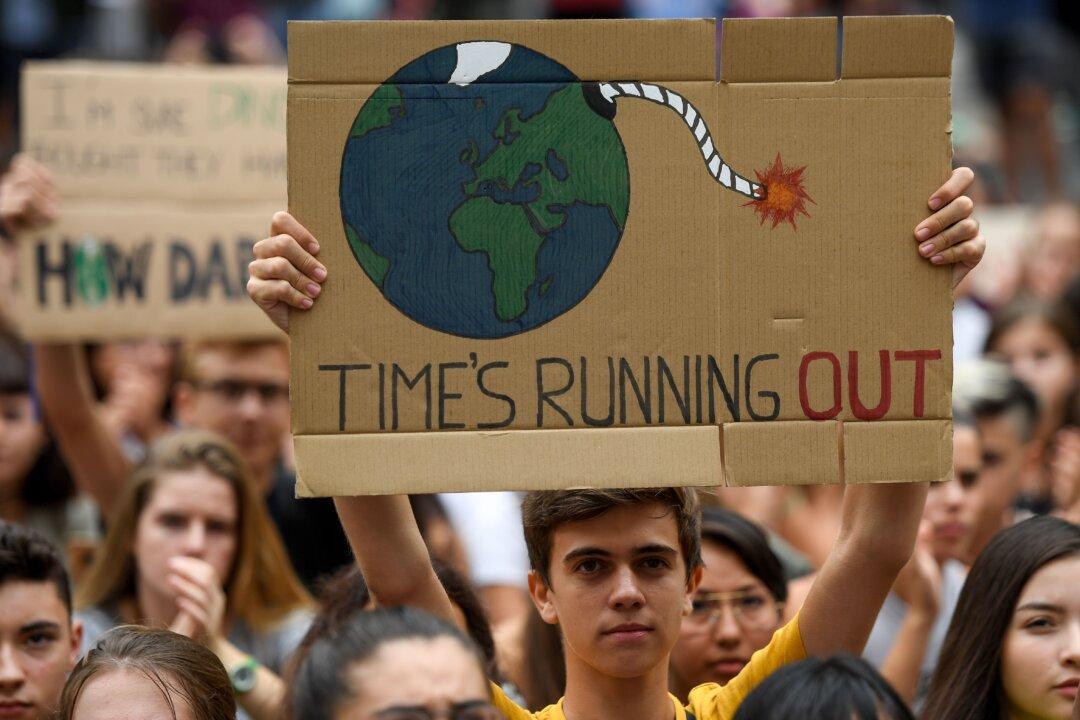The following is an excerpt from Chapter 1 of the newly released book “The Plague of Models: How Computer Modeling Corrupted Environmental, Health and Safety Regulations” by Kenneth P. Green, published by Fullerene Publishing Inc.
In the context of western history, Patient Zero in the plague of models may have been Thomas Robert Malthus, who created a mathematical model of human starvation, and whose name became synonymous with “OMG, we’re all going to die!”


